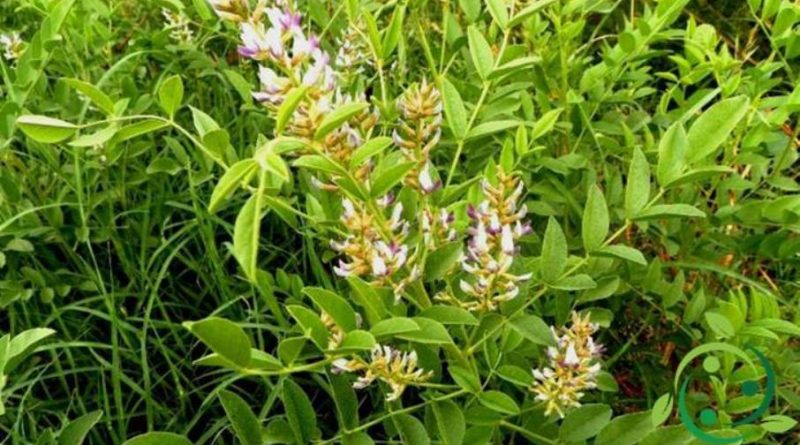How to grow licorice
How to grow licorice
Licorice (Glycyrrhiza glabra L., 1758) is grown to extract the rhizome, or the root. This can be consumed or used to obtain an extract, from which are then obtained candies or other products with a characteristic aroma.
To cultivate the liquorice, remember that it requires a warm and dry climate. It is a widespread cultivation in the Mediterranean, in North Africa and in Iran. In Italy it is cultivated mainly in Calabria where there is a centuries-old tradition.
The starting point for the cultivation of licorice is the knowledge of its cycle, in fact the roots are collected from plants that are at least three years old.
Licorice requires a well-drained soil, fairly dry and possibly loose and with little skeleton, with a sun exposure to the south and is resistant to summer heat. Soil must have a good dose of organic substance and phosphorus.
The propagation of the plant can be by seed (easily purchased on the market or online) planted in March (in seedbeds to a depth of cm) and then transplanted (remember that the germination of seeds is low) at least 50 distance cm. An alternative to sowing and faster is to find a rhizome and develop the plant by cuttings; in this case we must get a root of at least 10 centimeters.
Liquorice can also be grown in a vase but in this case we need very large pots and then we have to take the root that is below 30 cm deep.
For irrigation this must be limited to the real cases of manifestation of suffering; in other cases it grows well even with low soil moisture.
If you grow a few plants you can eliminate weeds, especially in the first year, manually; for larger cultivations we recommend the file system (also coupled) and distance between the rows sufficient for the passage of a mechanical processing organ.
In autumn the plant enters vegetative stasis, with the fading of the aerial part that can be removed by cutting. If the plant is three years old it is possible to proceed with the harvesting of the root.
Given its characteristics, the greatest adversities are represented by root rot (rusts and root rots) that can be avoided in well drained soils without water stagnation.
For the harvest it is clear that if it is a few plants you can do it by hand, taking care to dig up to 50 cm. If instead you have made a cultivation for agricultural productive purposes you can use a normal potato digger. The period indicated for the harvest goes from September to November (in correspondence with the extinction of the epigeal part).
From the roots, after the drying (to be done in a natural way and protected from humidity) and clean can be obtained sticks that can be consumed or chopped for teas.

